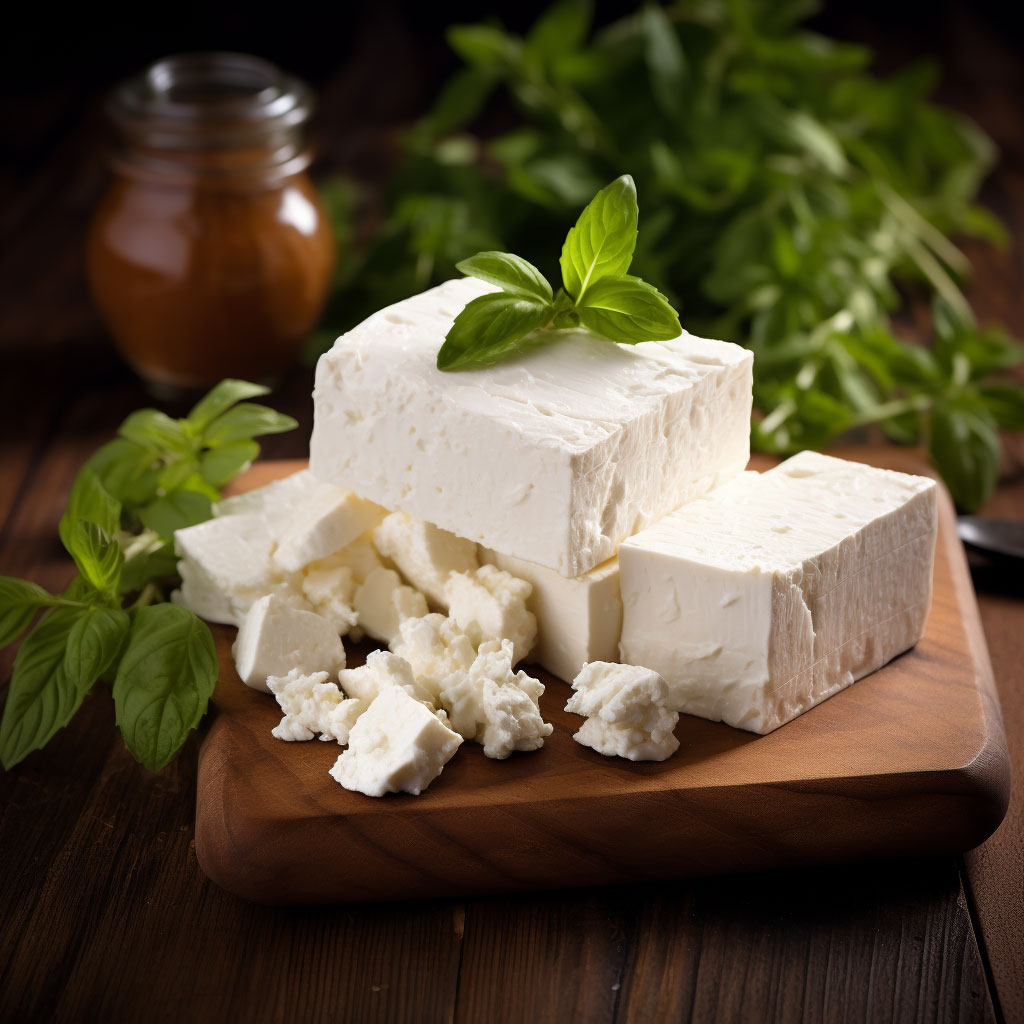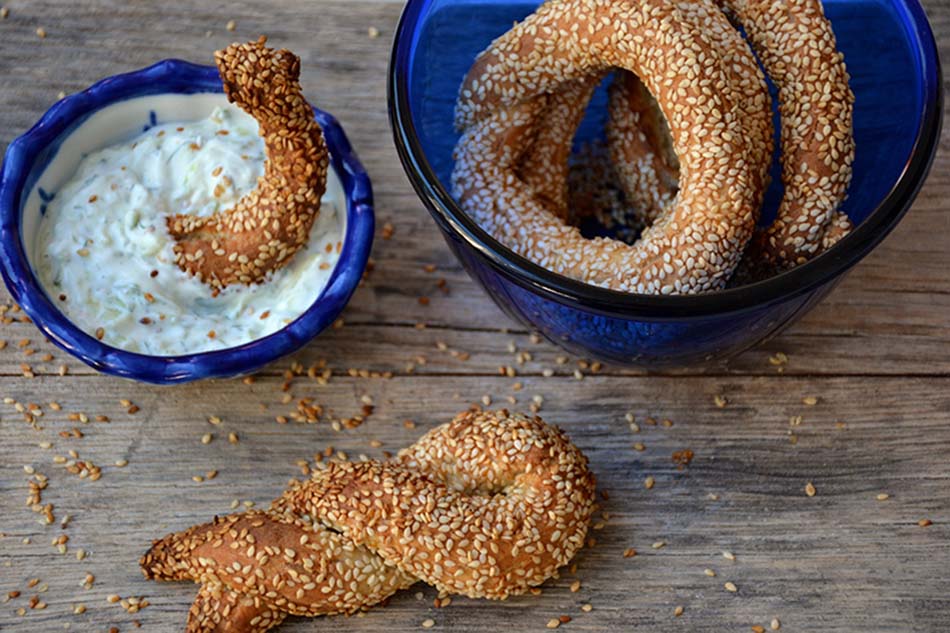
The Ultimate Guide to Kleftiko: A Delicious Greek Tradition

Avgolemono Soup: A Greek Delight
The Ultimate Guide to Feta Cheese: Flavor, Benefits, and Uses
Feta cheese, with its tangy taste and crumbly texture, is beloved by food enthusiasts across the globe. Its rich history and versatility make it a staple in many cuisines, particularly in the Mediterranean diet. In this comprehensive guide, we will delve into the origins of feta cheese, its unique characteristics, nutritional benefits, and various uses in culinary practices.

Table of Contents
- History of Feta Cheese
- The Making of Feta Cheese
- Nutritional Profile
- Health Benefits
- Cooking with Feta Cheese
- Storing Feta Cheese
- Popular Feta Cheese Recipes
- Conclusion
History of Feta Cheese
Feta cheese has been a part of Mediterranean diets for centuries. Originating in Greece, feta has a notable presence in the region’s history and mythology. According to myth, Aristaeus, a son of the Greek god Apollo, was the one who discovered feta cheese. Ancient Greeks would load milk curd into sacks made from animal stomachs, which would later become the predecessor of the cheese we know today as feta.
Historically, feta cheese was made exclusively with sheep’s milk. However, due to changes in dairy farming practices, many producers now use a combination of sheep’s and goat’s milk, conforming to the European Union’s PDO (Protected Designation of Origin) standards.
The Making of Feta Cheese
Creating authentic feta cheese involves a meticulous process:
- Milk Collection: Traditionally, sheep’s milk or a blend of sheep’s and goat’s milk is used.
- Coagulation: The milk is then heated and coagulated using rennet, a natural enzyme, to form curds.
- Curd Cutting and Draining: The curds are cut and allowed to drain, separating the whey.
- Brining: The curds are then salted and placed in a brine solution for curing which can take anywhere from a few weeks to several months. This brining process gives feta its characteristic tangy and salty flavor.
- Aging: The aging process allows the cheese to develop its distinctive crumbly texture.
Nutritional Profile
Feta cheese is not only delicious but also packed with essential nutrients:
- Protein: A rich source of high-quality protein, making it an excellent addition for muscle repair and growth.
- Fat: Contains beneficial fats necessary for various bodily functions. Feta made from sheep’s milk typically has a higher fat content than goat or cow’s milk varieties.
- Vitamins and Minerals: Feta is rich in vitamins such as Vitamin B12, riboflavin, and phosphorus, and minerals like calcium which are vital for bone health.
- Calories: Feta cheese is relatively lower in calories compared to many other cheeses, making it ideal for those watching their caloric intake.
Health Benefits
1. Bone Health
Feta cheese is a great source of calcium and phosphorus, both essential for maintaining healthy bones and teeth. Regular consumption can help prevent osteoporosis and other bone-related diseases.
2. Gut Health
The lactic acid bacteria found in feta cheese can promote the growth of probiotics in the gut. These probiotics play a crucial role in digestive health and can help prevent gastrointestinal issues.
3. Weight Management
Thanks to its high protein content and relatively low-calorie count, feta cheese can help those aiming to maintain or lose weight. Protein helps with satiety, reducing the chances of overeating.
4. Heart Health
Feta contains beneficial fats, including conjugated linoleic acid (CLA), which have been shown to have anti-inflammatory properties. Moderate consumption may support cardiovascular health.
Cooking with Feta Cheese
Feta cheese’s versatile nature makes it a popular choice in a variety of dishes. Here are some creative ways to incorporate it into your meals:
1. Salads
Feta cheese adds a punch of flavor to salads. The classic Greek salad with tomatoes, cucumbers, olives, and oregano is incomplete without generous chunks of feta.
2. Baking
Incorporate feta into pastries like Spanakopita, a Greek spinach pie. Its saltiness perfectly complements the mild flavor of spinach and the crispiness of the filo pastry.
3. Grilling
Marinated feta cubes can be skewered and grilled, adding depth and flavor to your BBQ spreads.
4. Pasta
Use crumbled feta as a topping for pasta dishes. Its salty profile balances with the sweetness of tomatoes and the richness of olive oil.
5. Spread
Blend feta with herbs and a touch of olive oil to create a creamy spread that pairs well with bread, crackers, or as a dip for vegetables.
Storing Feta Cheese
Proper storage is essential to maintain the quality and flavor of feta cheese.
- Refrigeration: Always store feta in the refrigerator. Keep it in its brine solution, if provided, to prevent it from drying out.
- Airtight Containers: If there’s no brine, store feta in an airtight container and cover it with a mixture of water and salt to prolong its freshness.
- Avoid Freezing: Freezing feta can alter its texture, causing it to become crumbly and lose its distinct mouthfeel.
Popular Feta Cheese Recipes
Greek Salad
Ingredients:
- 2 large tomatoes, chopped
- 1 cucumber, chopped
- 1 green pepper, sliced
- 1 red onion, thinly sliced
- 100g feta cheese, cubed
- 16 Kalamata olives
- 1 tsp dried oregano
- Salt and pepper to taste
- 4 tbsp extra virgin olive oil
- 1 tbsp red wine vinegar
Instructions:
- In a bowl, combine tomatoes, cucumber, green pepper, and red onion.
- Add the feta cheese and olives.
- Sprinkle with oregano, salt, and pepper.
- Drizzle with olive oil and red wine vinegar.
- Gently toss all ingredients and serve fresh.
Spanakopita
Ingredients:
- 500g spinach leaves, chopped
- 200g feta cheese, crumbled
- 1 cup ricotta cheese
- 2 eggs, beaten
- 1 onion, finely chopped
- 2 tbsp olive oil
- 1 package filo pastry
- Melted butter for brushing
Instructions:
- Preheat the oven to 180°C (350°F).
- In a skillet, sauté the onion in olive oil until soft.
- Add spinach and cook until wilted. Remove from heat and cool.
- In a bowl, combine spinach mixture, feta, ricotta, and eggs. Mix well.
- Layer filo pastry sheets in a baking dish, brushing each layer with melted butter.
- Spread the spinach filling evenly.
- Cover with more filo sheets, again brushing with butter between each layer.
- Bake for 40-45 minutes or until golden and crisp.
- Allow to cool slightly before serving.
Conclusion
Feta cheese’s unique flavor, texture, and health benefits make it a standout choice in the world of dairy products. Whether you’re sprinkling it on a salad, baking it in a pie, or simply enjoying it with some bread and olives, feta cheese is sure to elevate your culinary experience. So next time you’re in the dairy aisle, consider picking up some feta and embarking on a flavorful journey.


